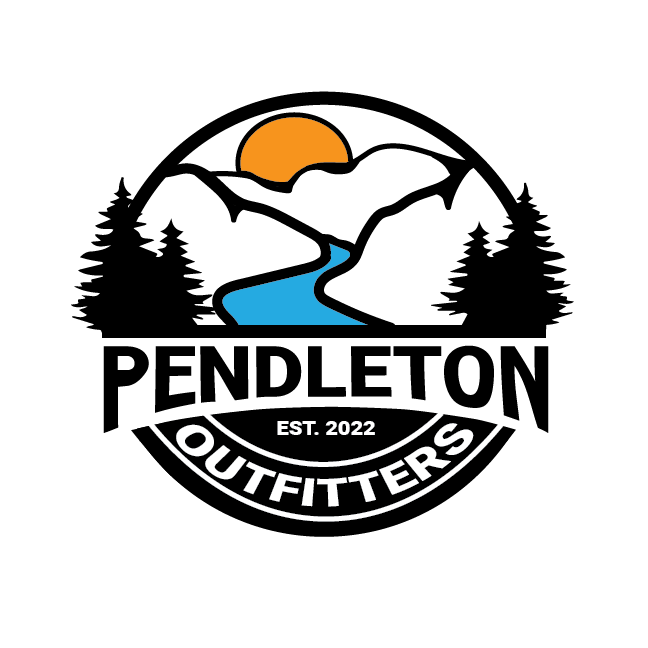Mushroom Foraging - A Great Way to Kickoff Spring
In Search of the Fungus Among Us
May brings endless opportunities for outdoor recreation. I fondly recall mushroom hunting as a spring tradition. As snow melts and temperatures rise, keen eyes will be rewarded with fruiting bodies along the forest floor. Benefits are numerous for the patient searchers willing to investigate.
I was raised with mushroom hunts being commonplace. It was second nature to scour the woods for a few hours, and (with any luck) return home to eat the fruits of our labor. Years later, I'm pleased to continue learning of the many benefits that complement what I regarded as a fun way to pass a spring day. Whether you're a seasoned forager, or interested in getting started, I hope to inspire you to search for one of the forests' innumerable treasures!
But...Why?
For those that require convincing, foraging for fungi yields numerous physical and mental benefits. An article from UCLA health identifies advantages to eating mushrooms which include promoting a healthy gut, brain function, decreased risk of cancer, and more.
Beyond the mushrooms themselves, the process of foraging has been increasing in popularity. A growing body of evidence points to mental health benefits found in the search itself. Slowly combing the forest floor is an activity many have described as "meditative."
A popular mushroom for foragers is the Morel. Personally, I'm intrigued to know that they are historically difficult to cultivate in an agricultural setting. Meaning, the best way to find and eat them is in searching their natural environment. Not only does this create a mystique around the fungus, it also means being an effective harvester requires understanding much more than the mushroom itself. Success requires asking question such as:
How long as the snow been melted off?
How much sun and rain has there been in recent days?
Where have wildfires burned in recent years?
How many people have already been in the area?
Fun fact, the mushrooms we find and harvest are only a small piece of the organism. Below the surface, there's a rich network of roots and fungal mass called mycelium. One network of mycelium can span a continuous path of hundreds, even thousands of miles and plays a critical role in the surrounding ecosystem.
What do I need?
Not much! As far as licensing and gear, the barrier to entry is minimal for personal use.
Licensing
The following applies to the Umatilla, Wallowa-Whitman, and Malheur National Forests. Please remember to do your own research first!
For personal use in small quantities, there is NO permit required. Oregonians may possess and transport up to one gallon, Washingtonians are allowed up to five gallons. A permit IS required for greater amounts, or for those who intend to sell or give away the harvest. More information on regulations and permitting can be found here.
Helpful Tools
All That the Rain Promises and More: A Hip Pocket Guide to Western Mushrooms - The title says it all. Mushrooms range from deliciously edible, to dangerously poisonous. This guidebook is essential in ensuring foraging safety and providing insight to give hunters the greatest chance of success. The book's size makes keeping a copy in your backpack a no-brainer.
A small knife - Many expert foragers advocate harvesting mushrooms with a clean cut at or above the soil's surface. They claim uprooting the mushroom like a weed can cause damage to the mycelium below. I've heard it argued in both directions. Regardless, the intention is to have abundant opportunities for ourselves and others in the seasons to come!
When to look
Spring is the time to go. However, observing environmental conditions is more important than picking dates on the calendar. The window between snow melt, and dry hot days is the time to go. My understanding is that most growth occurs when soil temperatures are within 50-60 degrees Fahrenheit. I've typically had success from mid-April to late May depending on the season.
Where to look
Fungi are finnicky. Returning to the same location on the same date every year is a strategy that's sure to disappoint. Conditions can vary drastically from day to day, and there are no guaranteed results. Here are conditions to look for:
Downed trees
Recent forest fires
Soil with heavy moisture
They usually grow in clusters. Finding the first one is the hardest part. When you do, there are likely others nearby.
Final thoughts
Getting lost is a real possibility while foraging. It's too easy to wander nose-down and make many turns without taking note. For beginners, I recommend staying within eyesight of easy landmarks like your vehicle, or the road.
Mushroom foraging is a great way to kickoff spring in the mountains. Get integrated with your local forest, and with good fortune return home for a delicious and nutritious addition to your next meal!

